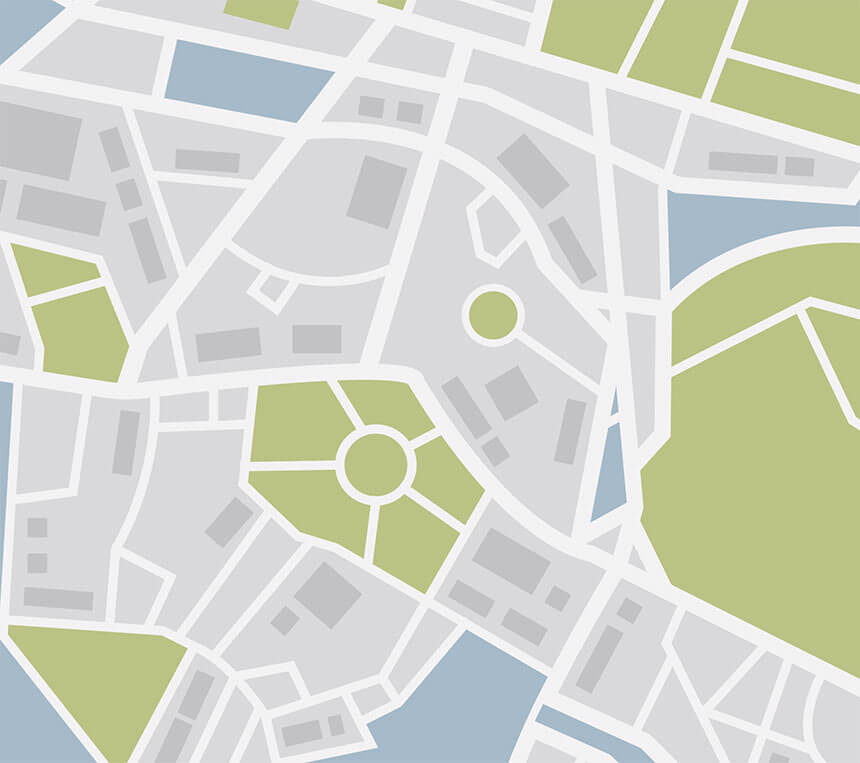Denisova Cave

Facts and practical information
Denisova Cave, located in the Altai Mountains of Siberia, Russia, is an archaeological and paleontological site of immense significance. This remote cave has become a focal point for understanding human evolution, as it has yielded extraordinary finds that have reshaped our knowledge of ancient hominins.
The cave is named after a local hermit, Denis, who lived there in the 18th century. However, its importance extends far beyond its modest namesake. Within its chambers, scientists have discovered the remnants of a previously unknown group of archaic humans, the Denisovans, who lived tens of thousands of years ago. These discoveries were made possible through the analysis of DNA from bone fragments and teeth found in the cave's sediment layers.
What makes Denisova Cave particularly remarkable is the evidence of interbreeding between Denisovans and Neanderthals, as well as with modern humans, which has been deduced from the genetic material extracted from the fossils. This intermingling has had a lasting impact on the genetic makeup of contemporary human populations, particularly those in Melanesia and East Asia, where Denisovan genetic legacy is most pronounced.
The cave itself consists of several chambers, where excavations have unearthed stone tools and artifacts that provide insights into the daily lives and technological capabilities of its ancient inhabitants. These finds suggest that Denisovans were sophisticated toolmakers and may have shared cultural practices with their Neanderthal and modern human contemporaries.
Altay







